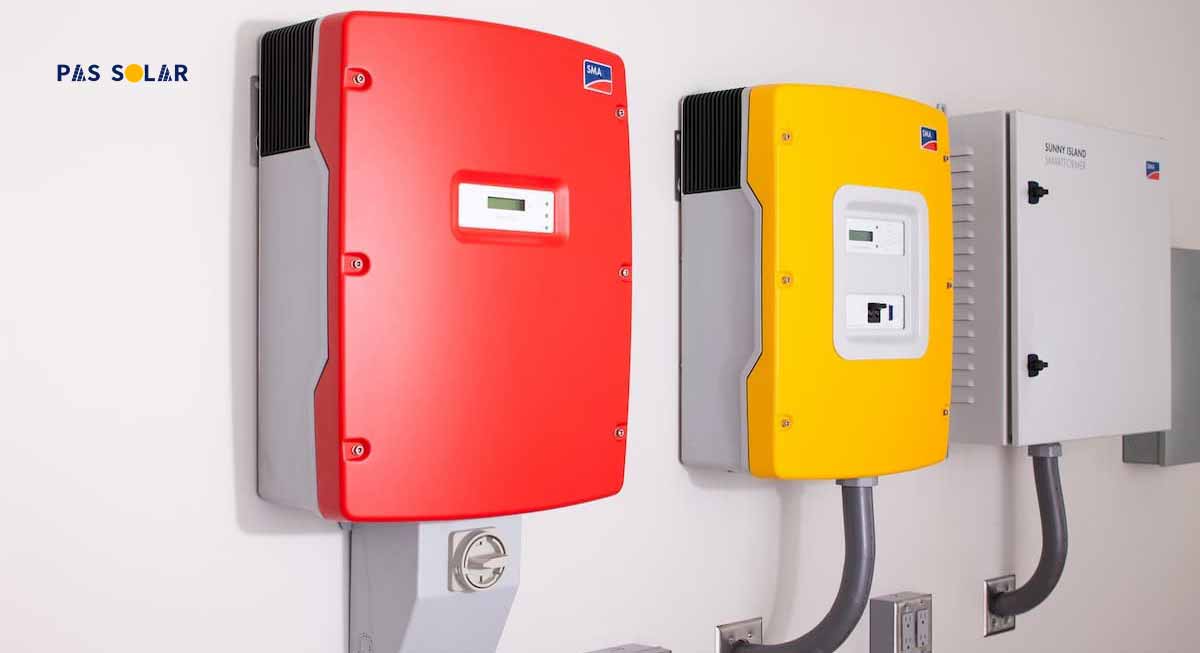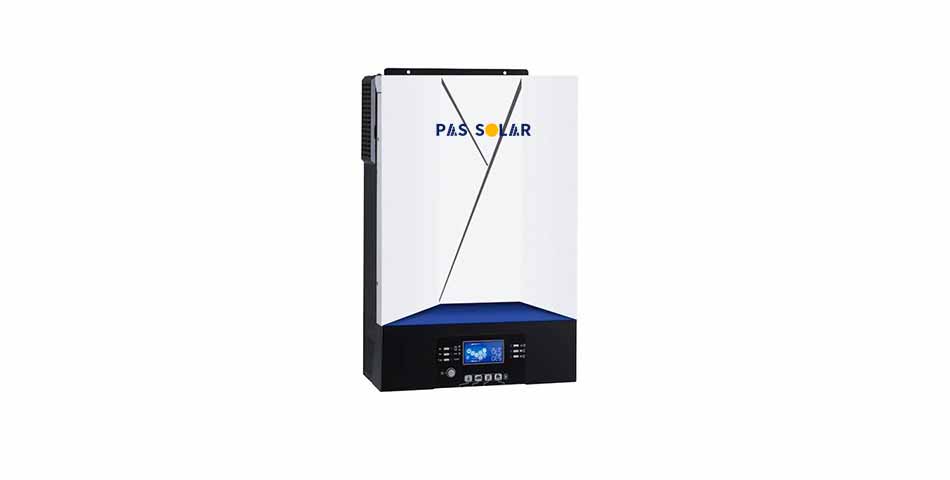A grid-connected photovoltaic system is one in which the photovoltaic panels or array are connected to the public grid through a power inverter unit that allows them to operate in parallel with the electrical grid, and that happens by connecting a solar inverter to the grid.
In the previous tutorial, we saw how a stand-alone PV system uses PV panels and deep-cycle batteries to store your solar energy and provide a complete stand-alone solar power system. However, this type of solar system works well as long as there is enough solar radiation during the day to recharge the batteries for use at night.
Stand-alone solar systems are stand-alone fixed or portable photovoltaic solar systems that are not connected to any local utility or main power grid, as they are generally used in remote and rural areas. This usually means that electrical appliances are a long way from the nearest fixed power supply, or that the cost of extending a power line from the local grid can be very high.
However, in recent years, the number of solar-powered homes connected to the local power grid has increased dramatically. These grid-tied PV systems have solar panels, like the Canadian Solar Panels, that provide some or even most of your power needs during the day, while still being connected to the local power grid at night. In this article, we’ll go through how the solar inverter is connected to the grid.
Connecting solar inverter to the grid
How does a solar inverter connect to the grid? Grid-tied PV systems always have a connection to the public power grid via a suitable inverter because a PV panel or array (multiple PV panels) only provides DC power. In addition to solar panels, the additional components that make up a grid-tied PV system compared to a stand-alone PV system are:
Inverter – The inverter is the most important part of any grid-connected system. Connecting the solar inverter to the grid helps draw as much DC (direct current) electricity from the PV array as possible and converts it into clean AC (alternating current) electricity from the grid at the correct voltage and frequency to power the grid or power household loads.
It is important to choose the best quality Solar inverter price in Dubai market offers you, as the main considerations in choosing the grid-tied inverter are Power – maximum high and low voltage power the inverter can handle and Efficiency – how much The inverter efficiently converts solar energy into AC energy.
Electricity meter – The electricity meter, also called a kilowatt-hour (kWh) meter, is used to record the flow of electricity to and from the grid. Twin kWh meters can be used, one to indicate the electrical energy that is consumed and the other to record the solar energy that is sent to the grid.
A single bidirectional kWh meter can also be used to indicate the net amount of electricity drawn from the grid. A grid-connected photovoltaic system, which is made by connecting a solar inverter to the grid, will slow or stop the aluminum disk on the electric meter and may cause it to spin backward. This is generally known as net metering.
The system is connected to the network with batteries
How does solar power work with the grid? A small-scale solar photovoltaic system that has storage batteries within its design also operates in conjunction with the local power company. The maximum demand in the short term is covered by the battery without taking from the network and paying the additional charge.
When used in grid-tied PV systems, storage batteries can be classified into short-term storage for a few hours or days to cover periods of bad weather, and long-term storage over several weeks to compensate for seasonal variations in power. Solar radiation between summer and winter. Months.
Adding batteries to the solar power systems and connecting the solar inverter to the grid requires more components, is more expensive, and reduces overall system efficiency. But for many homeowners in remote areas who regularly experience a loss of grid supply during inclement weather or have critical electrical loads that cannot be interrupted, having some form of backup energy storage within their grid-tied system can be a great benefit.
Grid-connected photovoltaic system with battery storage
So we can see from above that connecting the solar inverter to the grid with battery storage is the same as the previous grid-connected PV system, with the addition of the batteries and the charge controller. The battery charge controller determines if the power generated by different solar panel suppliers in uae is needed for home use, to run low-voltage lighting and equipment, or to charge deep-cycle backup batteries for later use.
The DC from the controller passes through the DC to the AC inverter, transforming it into electricity that can be used by household appliances in general. Any surplus electricity that is not consumed or used by the home can be sent to the power grid by power companies. It is best to run DC-rated lighting and appliances first directly from your solar system before the current is converted to AC from the inverter. This will gain the most efficiency.
Living with a grid-tied solar PV system is no different than living on normal grid power alone, except that some or all of the electricity consumed comes from the sun. Solar PV systems designed for use with the grid are typically designed to meet at least half of homeowners’ electrical needs.
Connecting the solar inverter to the grid is the path that many homeowners take regarding their residential solar energy system. You may be asking how much does it cost to connect solar to the grid? If you think the off-grid PV system is a suitable solution for you, you can get all the additional information and get in touch with an installer by contacting a solar equipment shop.




